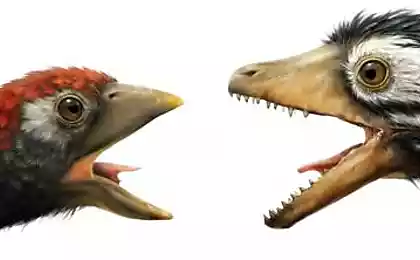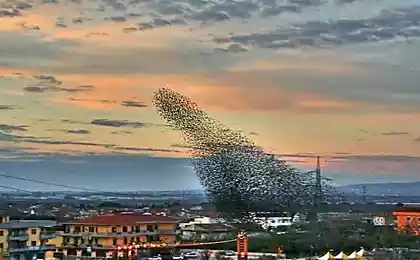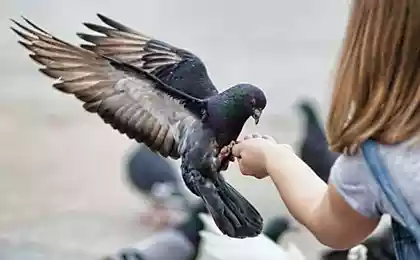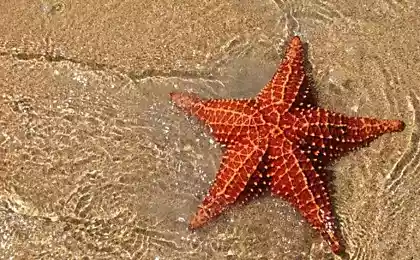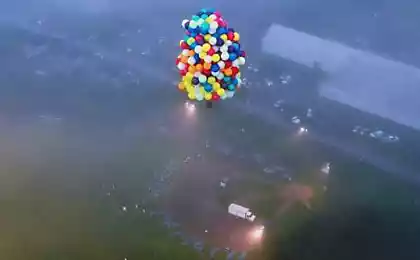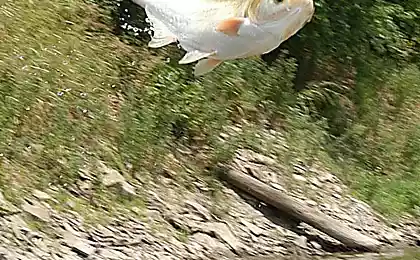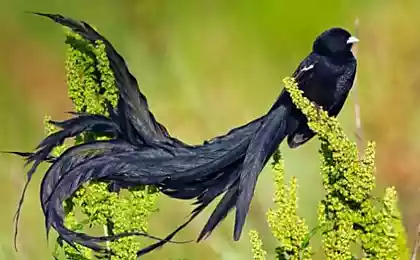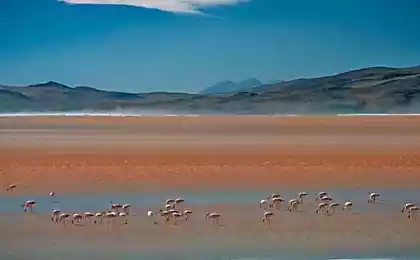376
Starving Atlantic puffins will help bird lovers
In an effort to save Atlantic puffins from starvation, the National Dubovskoe society (USA) invites all bird lovers to contribute in a study conducted in Maine (USA), in order to find out the reasons for the decline of their population.
Only in this state, about 1000 pairs of these seabirds, known for its colorful beak. However, over the last two years the number of Chicks dead ends decreased, presumably due to the fact that herring and hake is the main food source of puffins, migrate into colder waters.
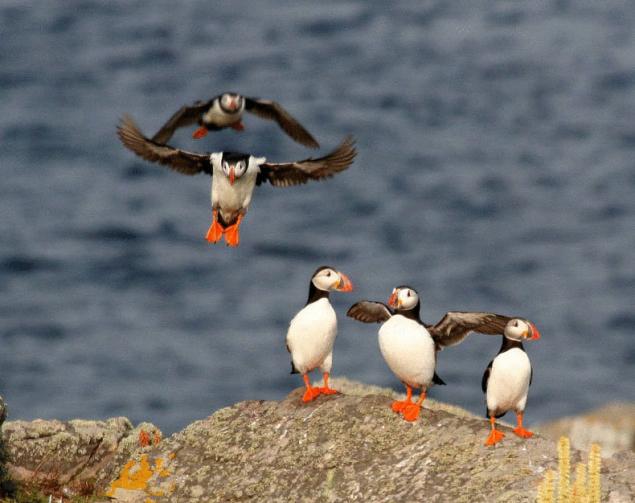
Scientists are worried because the stubs are already in the list of endangered species in the state.
At the initiative of the National Audubon society has installed three web cameras in the Bay, Penobscot Bay (USA), one of the main habitats of puffins in Maine. Volunteers were asked to observe the feeding of birds and answer a few questions about their behavior, says the head of the program to save sea birds Audubon society Steve Kress (Steve Kress).
For example, one of the objectives was to find out how much food the Chicks need to grow.
According to Kress, from 2007 to 2011, 77 percent of couples to produce offspring, or Chicks? able to fly. Since then, that number has dropped to 31 percent in 2012 and 10 percent in 2013. However, it is still too early to talk about what will happen in 2014.
"This is a national research project that we hope will propel us forward and entertain the audience. Some of the questions easier to answer, when a lot of observers," — said Kress.
With the increase in temperature of herring and hake migrated to colder waters, and the juveniles are forced to feed on the abundant fish oil.
Unfortunately, this fish is too big for the tiny beaks of Chicks, because of this, they die.
Kress said that the information gathered by those who observed the stubs will be included in published material, and may help to find a solution to this problem.
Puffins spend most of their lives at sea, but spring and summer return to land to form breeding colonies. After landing on the Atlantic coast, females demolition of one single egg and the parents take turns to incubate it, and get food when the chick hatches.
With the help of their webbed paws, puffins can dive up to 61 meters, and stay underwater for 20-30 seconds. And although they mostly live in the ocean, being on the ground, they flap their wings at a rate of 400 times per minute, reaching speeds of 88 km/h.
Yegor Yakovlev, on the materials of Nature World News.
Source: nauka21vek.ru
Only in this state, about 1000 pairs of these seabirds, known for its colorful beak. However, over the last two years the number of Chicks dead ends decreased, presumably due to the fact that herring and hake is the main food source of puffins, migrate into colder waters.

Scientists are worried because the stubs are already in the list of endangered species in the state.
At the initiative of the National Audubon society has installed three web cameras in the Bay, Penobscot Bay (USA), one of the main habitats of puffins in Maine. Volunteers were asked to observe the feeding of birds and answer a few questions about their behavior, says the head of the program to save sea birds Audubon society Steve Kress (Steve Kress).
For example, one of the objectives was to find out how much food the Chicks need to grow.
According to Kress, from 2007 to 2011, 77 percent of couples to produce offspring, or Chicks? able to fly. Since then, that number has dropped to 31 percent in 2012 and 10 percent in 2013. However, it is still too early to talk about what will happen in 2014.
"This is a national research project that we hope will propel us forward and entertain the audience. Some of the questions easier to answer, when a lot of observers," — said Kress.
With the increase in temperature of herring and hake migrated to colder waters, and the juveniles are forced to feed on the abundant fish oil.
Unfortunately, this fish is too big for the tiny beaks of Chicks, because of this, they die.
Kress said that the information gathered by those who observed the stubs will be included in published material, and may help to find a solution to this problem.
Puffins spend most of their lives at sea, but spring and summer return to land to form breeding colonies. After landing on the Atlantic coast, females demolition of one single egg and the parents take turns to incubate it, and get food when the chick hatches.
With the help of their webbed paws, puffins can dive up to 61 meters, and stay underwater for 20-30 seconds. And although they mostly live in the ocean, being on the ground, they flap their wings at a rate of 400 times per minute, reaching speeds of 88 km/h.
Yegor Yakovlev, on the materials of Nature World News.
Source: nauka21vek.ru
